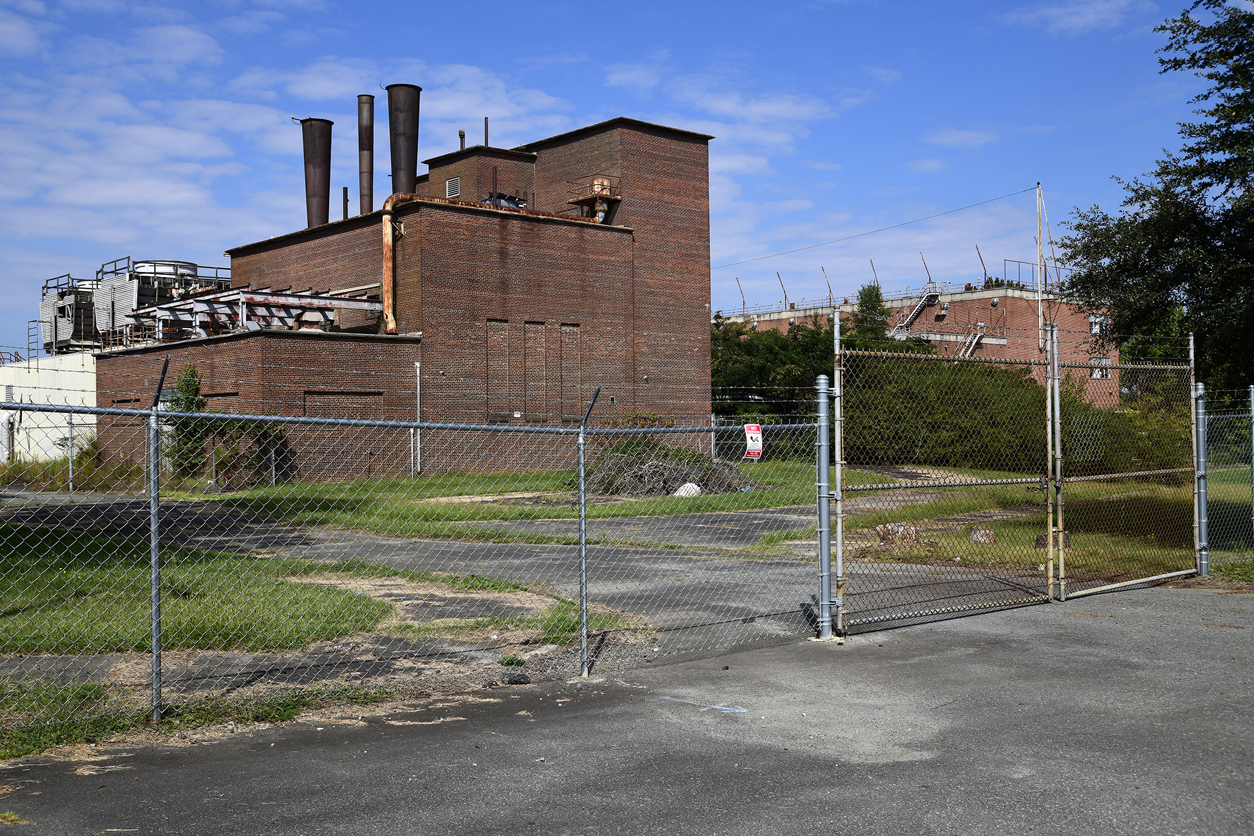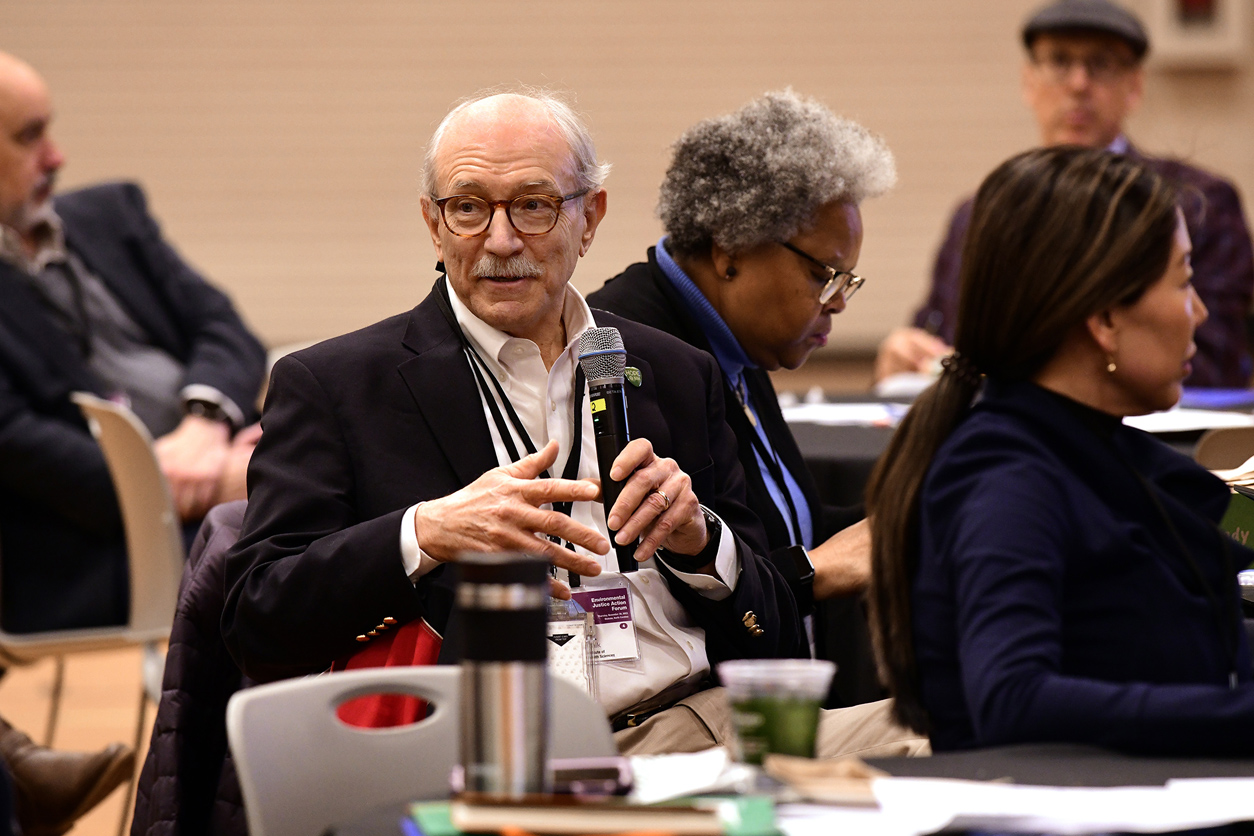NIEHS convened an Environmental Justice Action Forum November 30 to discuss the effects of trichloroethylene, a chemical used to degrease metals, in groundwater near an abandoned missile plant in Burlington, North Carolina. Trichloroethylene is known to cause kidney cancer in humans, according to the National Toxicology Program’s Report on Carcinogens.
In bringing local, state, and federal stakeholders together, NIEHS and NTP Director Rick Woychik, Ph.D., explained the institute’s role in providing the scientific basis for understanding the health effects of exposures.
‘All of government’ approach
The Western Electric/Tarheel Army Missile Plant (WETAMP) is a sprawling industrial complex where telephone equipment and later anti-aircraft missiles were once manufactured. The 32-acre site, which is adjacent to a predominantly Black, Latino, and Indigenous neighborhood, has been abandoned since 1992.

“After two years of engaging and collaborating with our environmental justice community partners, we are excited to convene this ‘all of government’ approach with the local community to identify, frame, and address the environmental justice issues regarding the Western Electric/Tarheel Missile Plant,” said Joan Packenham, Ph.D., who directs the NIEHS Office of Human Research and Community Engagement and was one of the conference organizers.
Packenham added that she hoped participants in the forum (see sidebar) would actively listen, learn, engage, and identify solutions.

Stay tuned for action
Arlinda Ellison, D.H.Sc., from the Alamance County Health Department, said the people living around the plant are fed up.
“They want to see action,” said Ellison. “They want to know that they are important enough that this visual eyesore and environmental concern is addressed so the community can start to grow.”
Jalonne White-Newsome, Ph.D., of the White House Council on Environmental Quality (CEQ), said that President Biden has launched a whole-of-government effort to advance environmental justice.
“One of our superpowers is to convene, to influence, to guide, to bring folks together, particularly our federal agency partners,” White-Newsome said. “We need each and every one of you. The Biden-Harris Administration is focused on coordination, collaboration, and utilization of all of the tools and resources to ensure that all people have a healthy, safe environment.”
Attendees left the meeting with a better sense of how to coordinate efforts, achieve cleanup, and what the site would look like going forward, according to Woychik.
“I hope we can envision this site becoming a hub for thriving economic activity for the community,” Woychik added.

(Ernie Hood is a contract writer for the NIEHS Office of Communications and Public Liaison.)
Source link
factor.niehs.nih.gov


